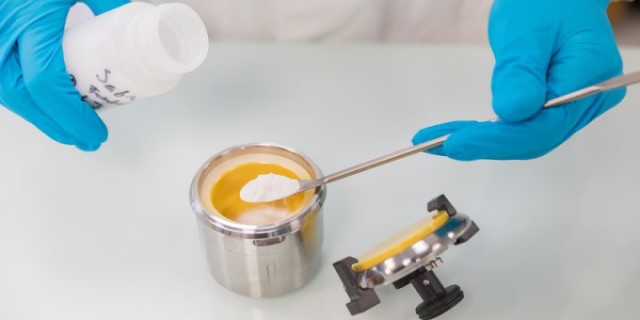The power capability of graphite electrodes is always a weakness when it comes to Li-ion batteries. This limitation can have several origins such as the ionic transport, the electronic transport, and the solid-state diffusion within a graphite particle. By using advanced operando X-ray diffraction characterizations of graphite electrode in large-scale facilities with optimal temporal resolution and tuned lateral resolution, we investigated the graphite lithiation using a graphite thin-film-like electrode cycled at a C/10 rate. From the collected diffraction patterns, an average q scattering vector (analogue to the diffraction angle) was extracted (mass center) and correlated with the electrochemical state of charge of graphite. These results enable the direct estimation of lithium distribution in thick and porous graphite electrodes. In parallel, the lithium intercalation mechanism is revisited, suggesting a dual mechanism for the two pseudo-plateaus (attributed to stage IV and stage II formation) of graphite potential involving both biphasic and solid solution contributions. A clearer description of the end of graphite lithiation is proposed, revisiting the stoichiometry attributed to stage I and the formation of the LiC6 phase.



